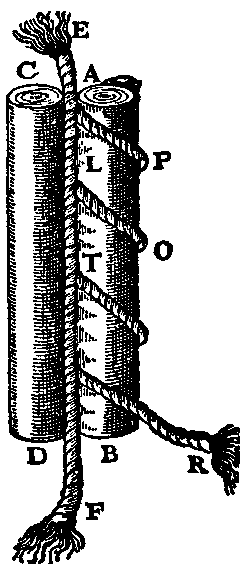
Copyright (c) 1975, MacMillan Journals, Ltd. Permission to copy the original paper, other than fair use, must be obtained from the author and the publisher.
by John Michael Williams, 2000. Placed in public domain.
Two oscilloscope images, one for each eye, were used to project a bright spot on a dimmer background. The spot traversed a path of about 6 degrees visual angle at about 1 Hz; its rate of motion was sinusoidal, to emulate the motion of a pendulum. The spot subtended about 6' visual angle at a luminance of 300 cd/m2, on a grating reticle background of some 30 cd/m2.
The Pulfrich effect was measured by the observer's setting of the phase lag required to make the spot remain in a plane, thus nulling the illusion. Fixation was on the moving spot.
A variety of diseased and normal observers were studied for some relation of the magnitude of the Pulfrich effect and for possible correlation with the latency in the visual evoked potential (VEP).
The author found the Pulfrich task to be inexpensive to instrument and easy for patients to learn, even those with severe mental, motor, or sensory impairment.
The results were that Pulfrich effect nulls were outside the normal range in about half of the 18 multiple sclerosis patients. This finding indicated that the Pulfrich effect could be useful for diagnosing multiple sclerosis
Back to Pulfrich Effect Home. University Privacy Policy
The Pulfrich Effect, SIU-C. Last updated 2000-07-23